
Who says managing diabetes means giving up on life’s natural sweetness? Plenty of fruits offer fiber, vitamins, and antioxidants that support blood sugar control while adding a burst of flavor to your diet. The key is to enjoy them in moderation, enough to satisfy a sweet craving without throwing blood sugar levels off balance. Here are 10 fruits that make diabetes-friendly eating both delicious and smart.
Berries
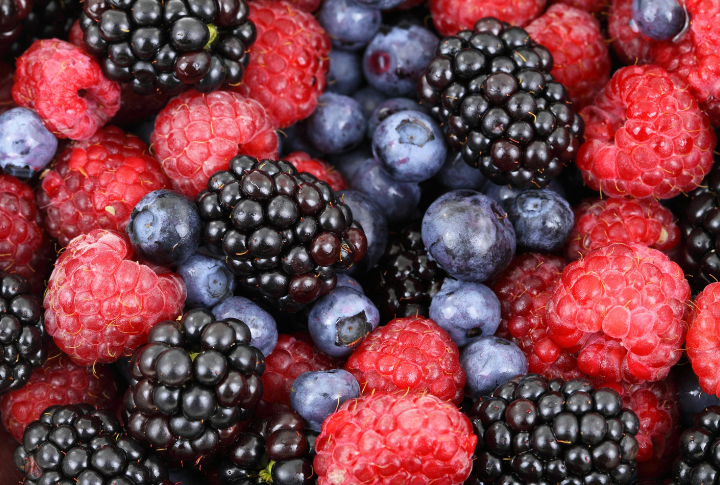
Blueberries, raspberries, and strawberries have natural compounds that help improve insulin sensitivity, making them a smart snack. Their Glycemic Index (GI) stays on the lower side than most fruits, meaning they won’t send blood sugar on a rollercoaster ride. Whether tossed in yogurt or eaten straight from the carton, they’re a delicious win.
Apples
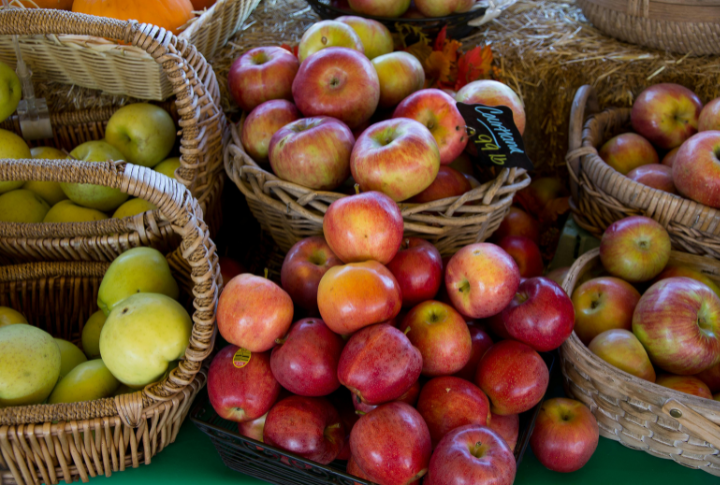
An apple a day doesn’t just keep the doctor away—it keeps blood sugar steady, too. Apples are packed with fiber and polyphenols, which help slow sugar absorption and promote healthy digestion. Bonus? Their natural sweetness also curbs cravings without the sugar spike. Just keep the skin on for the full benefits.
Avocados
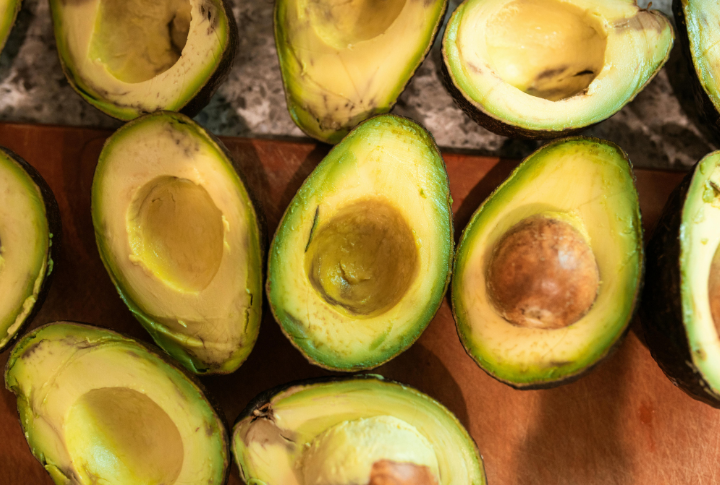
Wait, avocados are fruits? Absolutely, and they’re packed with healthy fats that help stabilize blood sugar. Unlike high-carb fruits, avocados have minimal impact on glucose levels. Additionally, their fiber content keeps you full longer, reducing those snack-time temptations. You can blend them into a smoothie, spread them on toast, or enjoy them straight with a spoon.
Cherries
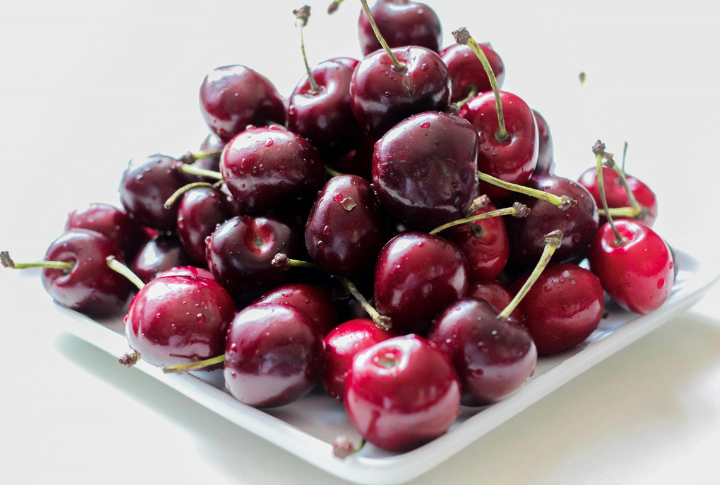
Cherries contain anthocyanins, which are natural compounds that reduce inflammation alongside your blood sugar. They also have a lower GI than many other fruits, making them a safer option (with moderation) for diabetics. Opt for fresh or frozen, as canned varieties often come with added sugars that defeat the purpose.
Peaches
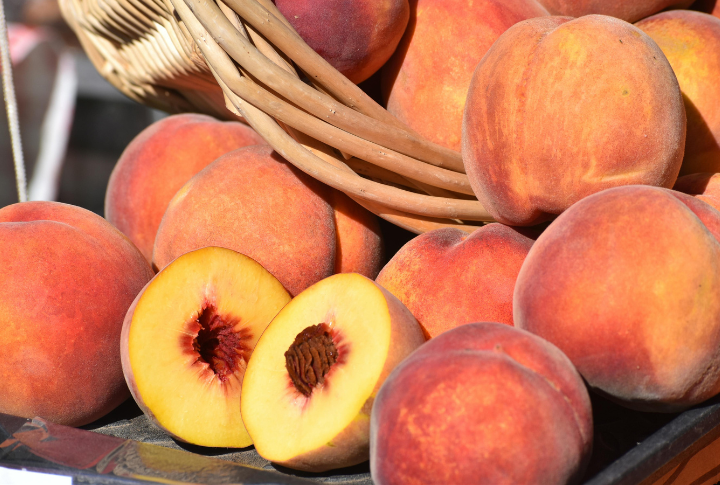
Juicy and naturally sweet, peaches offer a mix of vitamins and antioxidants that may support insulin response and blood sugar control. However, their natural sugars can add up quickly, leading to fluctuations if eaten in excess. So remember to enjoy them in moderation to savor their summery sweetness without unintended spikes.
Kiwi
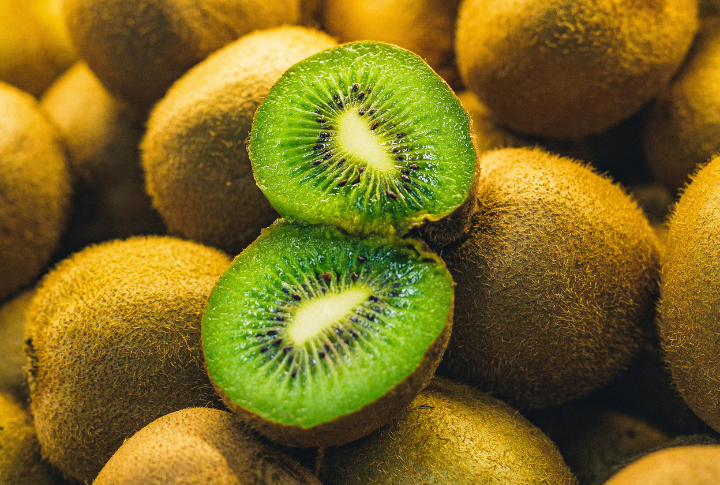
Small but mighty, kiwis are loaded with fiber and vitamin C. Their low GI helps prevent sudden glucose increase, and their high water content keeps hydration levels up. Plus, that tangy-sweet flavor? A refreshing change from the usual. Eat them whole—yes, even the skin—for maximum nutrients.
Pomegranates
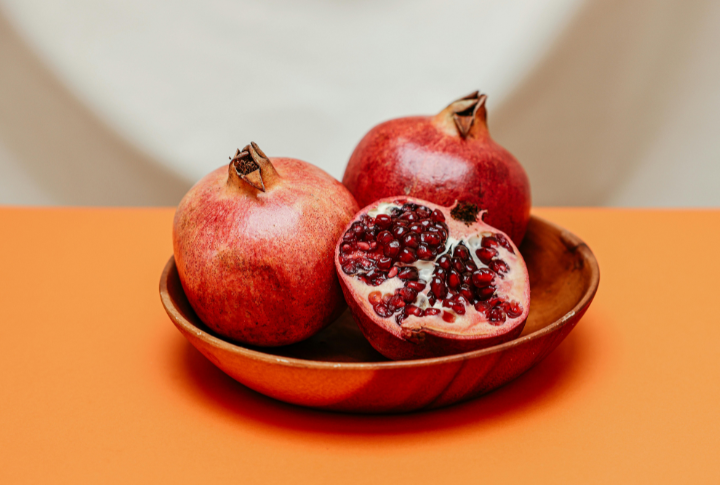
Ever feel like eating healthy means giving up on fun flavors? Not with pomegranates! These tiny ruby-red seeds don’t just add a pop of sweetness to your meal—they’re also loaded with polyphenols that may improve insulin sensitivity. Research even suggests they help combat oxidative stress, which plays a role in diabetes complications.
Grapefruit
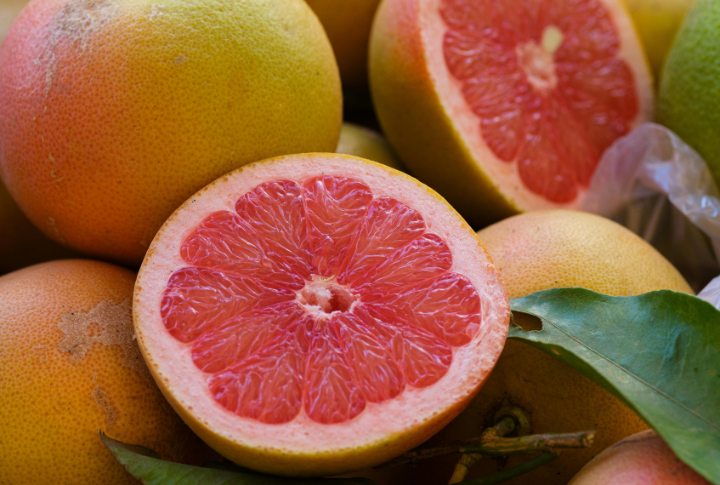
Tart, refreshing, and packed with nutrients, grapefruit has a low GI and high fiber content, making it a smart pick for keeping blood sugar levels in check. It also contains naringenin, a flavonoid linked to improved cellular insulin uptake. Just check with your doctor if you take medications, as grapefruit can interact with some prescriptions.
Oranges
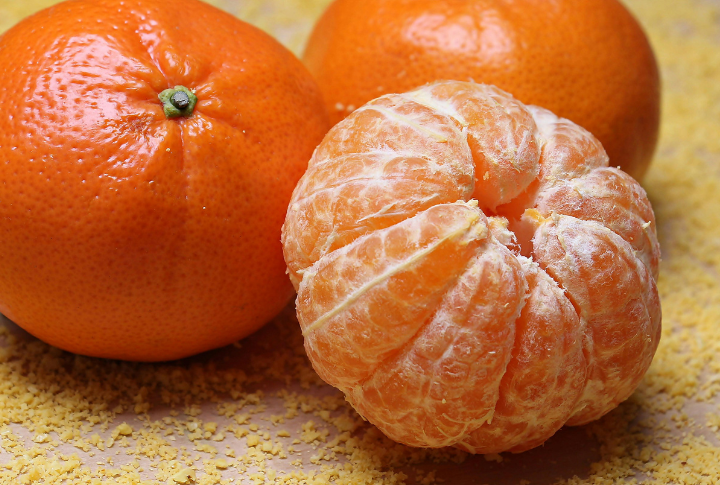
The low GI in Citrus fruits like oranges means their natural sugars won’t cause sharp spikes. Their fiber content slows digestion, providing steady energy. However, eat the whole fruit rather than drink the juice because fiber is key. One medium orange delivers hydration, immunity support, and a sweet, refreshing bite all in one.
Pears

Pears provide vitamin C and flavonoids that help regulate blood sugar levels. Their texture and subtle sweetness make them an ideal snack or addition to salads. Unlike processed sweets, their natural sugars are absorbed slowly, preventing abrupt glucose jumps. The best part is they get sweeter as they ripen, so no artificial sweeteners are needed.
Leave a comment